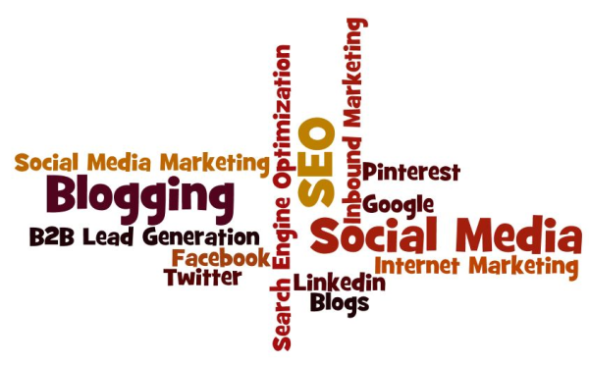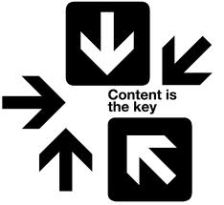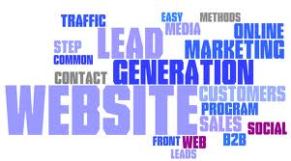 For sales and marketing executives, many situations arise which get difficult to handle. In this competitive market, each one of us has to be spot on to win customers. We have to be prompt and prepared at the same time.
For sales and marketing executives, many situations arise which get difficult to handle. In this competitive market, each one of us has to be spot on to win customers. We have to be prompt and prepared at the same time.
There are many simple questions that almost every customer asks and we have to deal with them differently. Even many questions come in our minds while dealing with them. I have picked up a few and tried to make life a little simpler.
1. What to do when a customer Appears, Calls or Inquires :
This is the most crucial contact the customer makes with your business, because if you lose him here, he’s likely lost forever. Since we interact with him first, we have to make him feel appreciated and not make him feel like an interruption. We need to have a well thought strategy to make him feel rewarded.
2. What to do when the customer is angry or defensive :
The problem of a furious customer is actually two problems in one. First, you have to deal with the customer’s feelings. Then you have to try as best you can to solve the problem that made him mad in the first place. If you simply solve the problem without making an effort to soothe his anger, he probably won’t be back. So don’t expect to win them all and bring the incident to a polite close.
3. What to do when the customer has special requests :
The mark of a true professional is that by his contact he gives the customer excellent value. There is no strategy better than tailoring your efforts for each customer. So treat each one uniquely and special and search unmet wants. My company Kirloskar Pneumatic has a policy saying “Don’t homogenize. Customize!”
4. What to do when a customer can’t make up his mind :
Customers generally are unable to make a choice because their scared of a bad one. So, best way to avoid this is give proper recommendations and don’t give too many options.
5. What to do when a customer raises obstacles or objections :
Kind agreement is the first important step to solving obstacles and objections. Once you get in sync with the customer’s feelings and point of view and establish rapport, he will likely listen to you.
6. What to do when the customer gives buying signals :
Most customers go into the frightened emotional state before making the final buying decision. And if you don’t take steps to eliminate that fear, you’ll likely lose the sale. Ask the customer, “Does all of this make sense to you? It really fits your needs and I don’t want you to pass it up because I haven’t done a good enough job of explaining what it will do for you.”
7. What to do when a customer buys :
Even after the customer has agreed to buy your product, you need to go an extra mile by doing things like making a non-selling follow-up call. And the best way to keep him for long is to reward more than what you promise.
8. What to do when the customer refuses to buy :
Cultivate the habit of intelligent persistence. While you should never abandon your ultimate goal of winning and keeping customers, there are times when giving up on a particular prospect makes good sense. The most successful people at winning and keeping customers hear a whole lot more no’s than yes’s.
9. What to do when a customer complains :
Complains are an opportunity for improvement. When a customer complains and you improve immediately, customers will buy from you again if you resolve the problem in their favor, and 95 percent will buy again if you resolve the problem on the spot. Complains are good as you get a second chance to satisfy your customer.
10. What to do when a customer is going to be disappointed:
It is always better to keep the customer informed even if its bad news. This helps to create a confident rapport and leads to lesser disappointment. If he comes to know by himself then it will just magnify his anger and dissatisfaction.
I hope the above will help you crack impossible deals and give you an edge in the market. Wish you great success.








